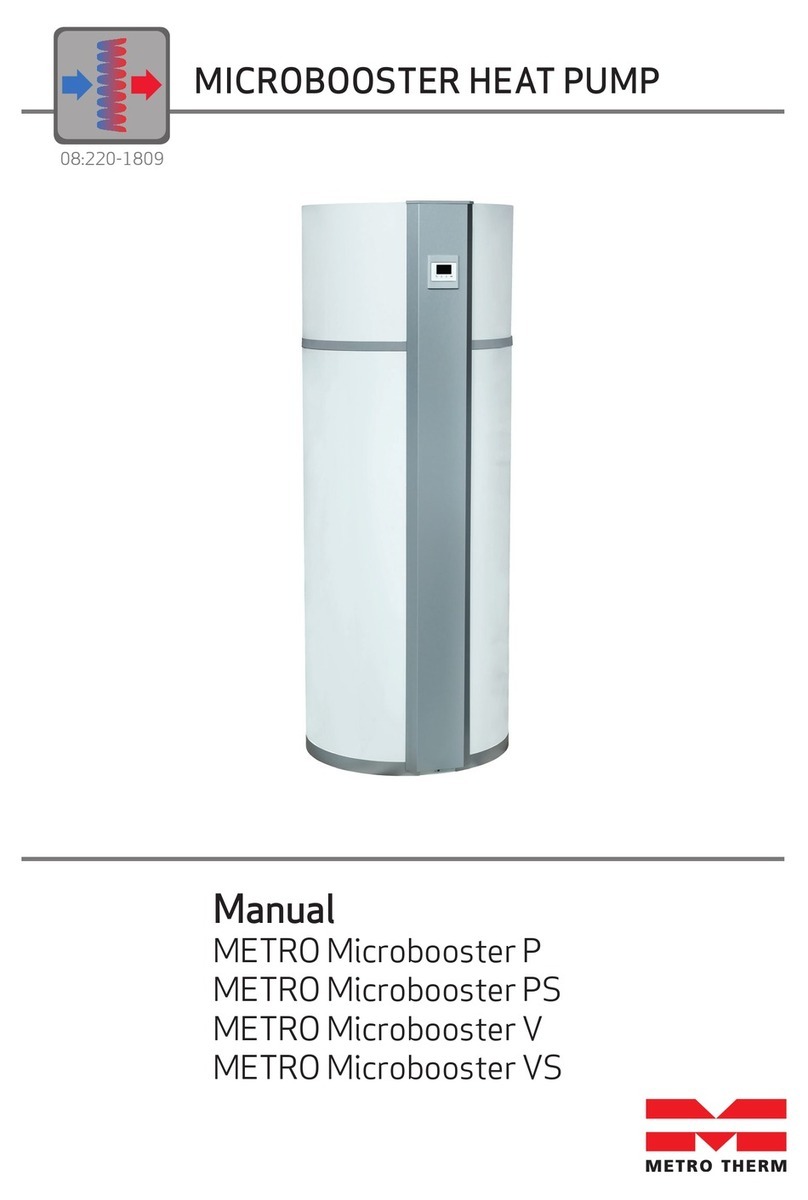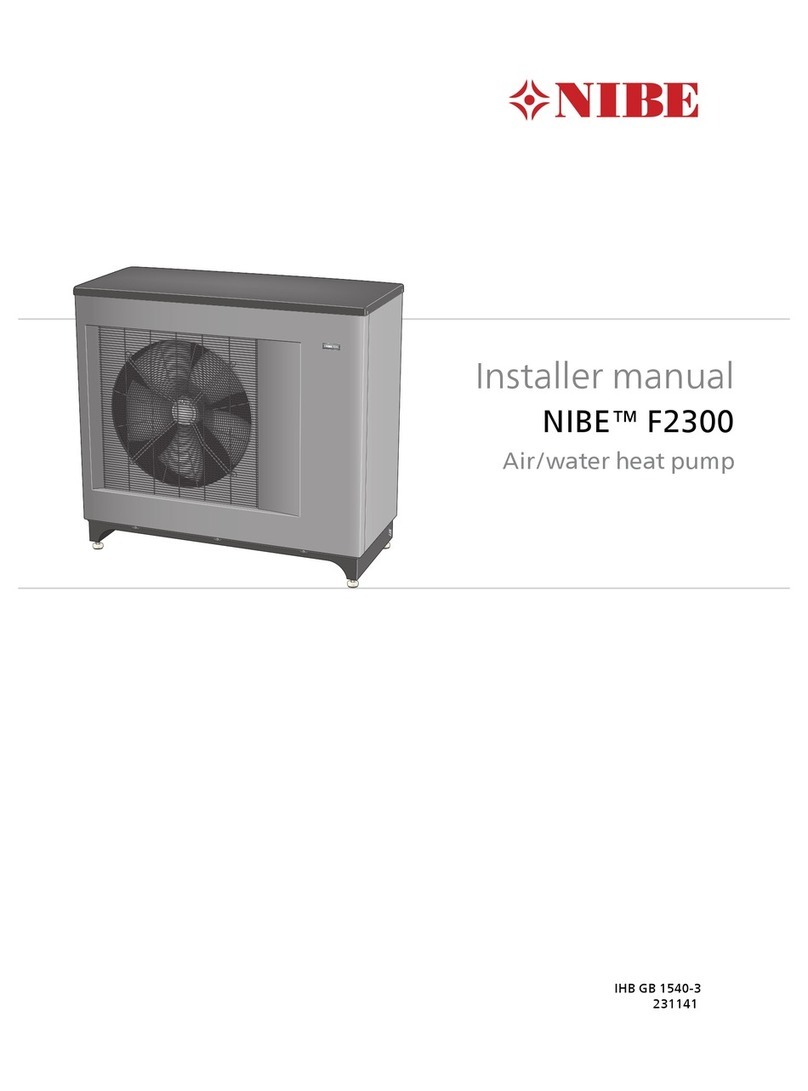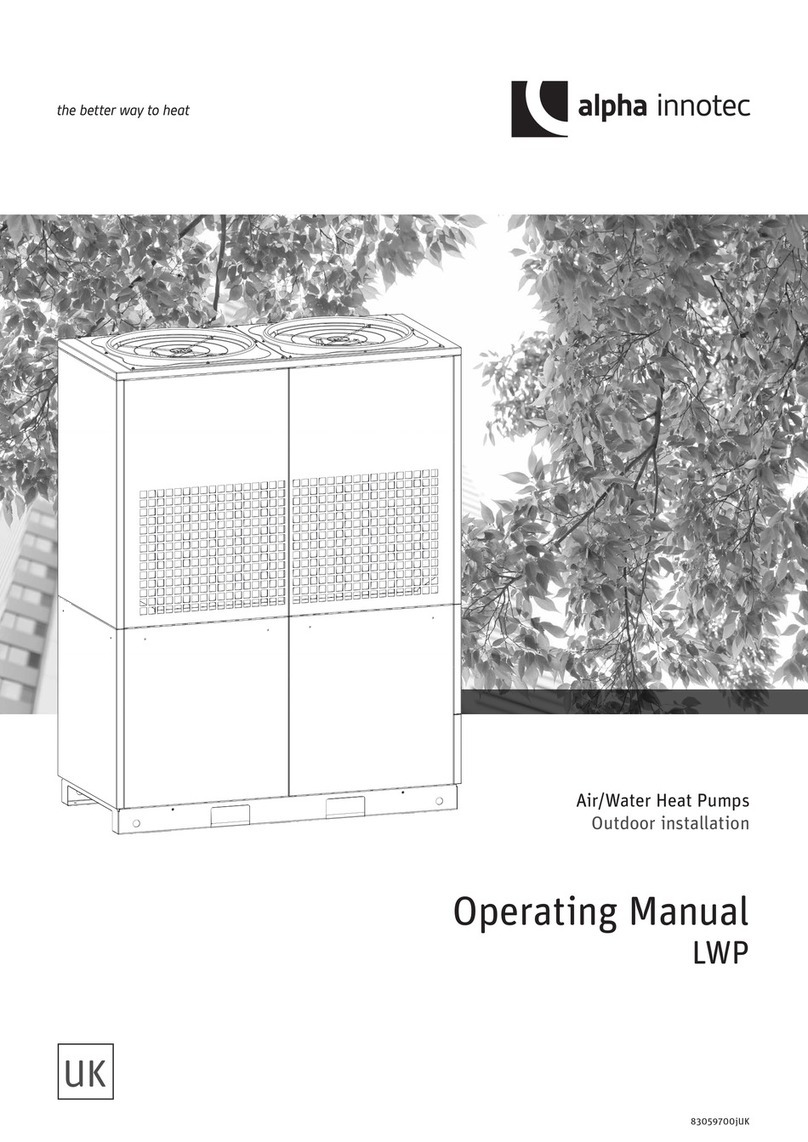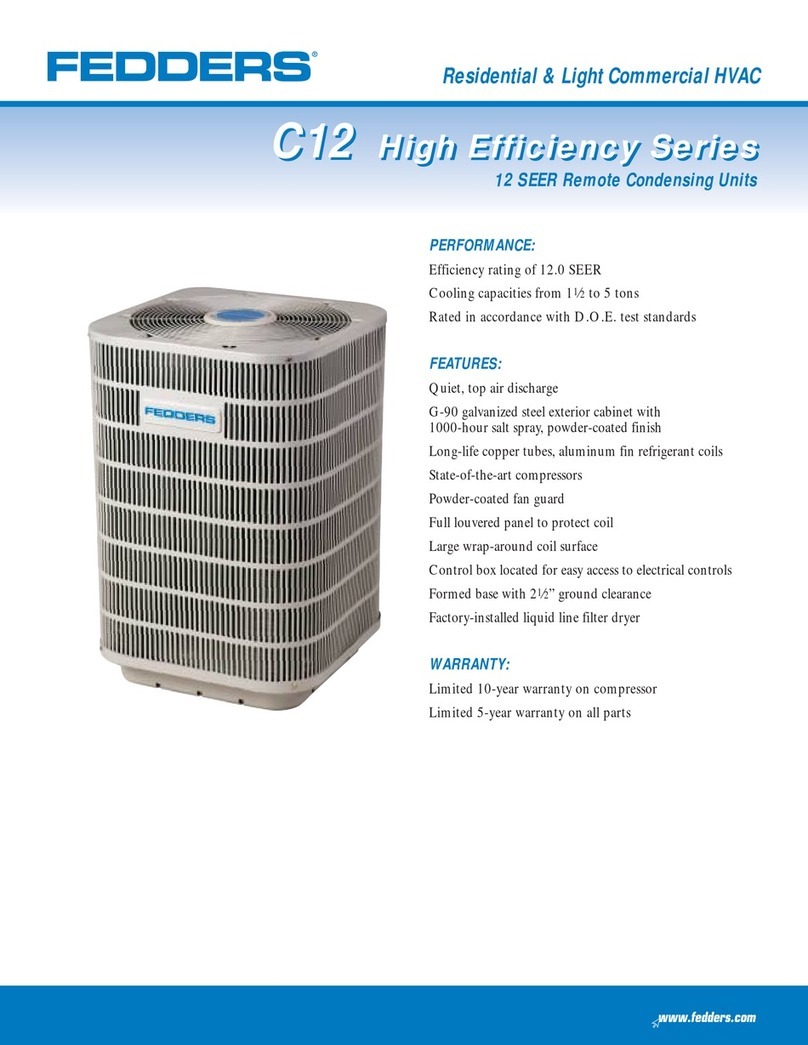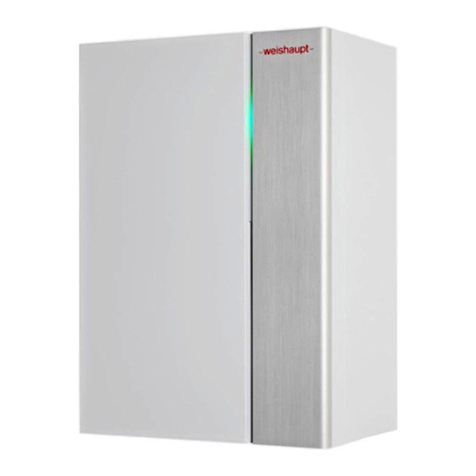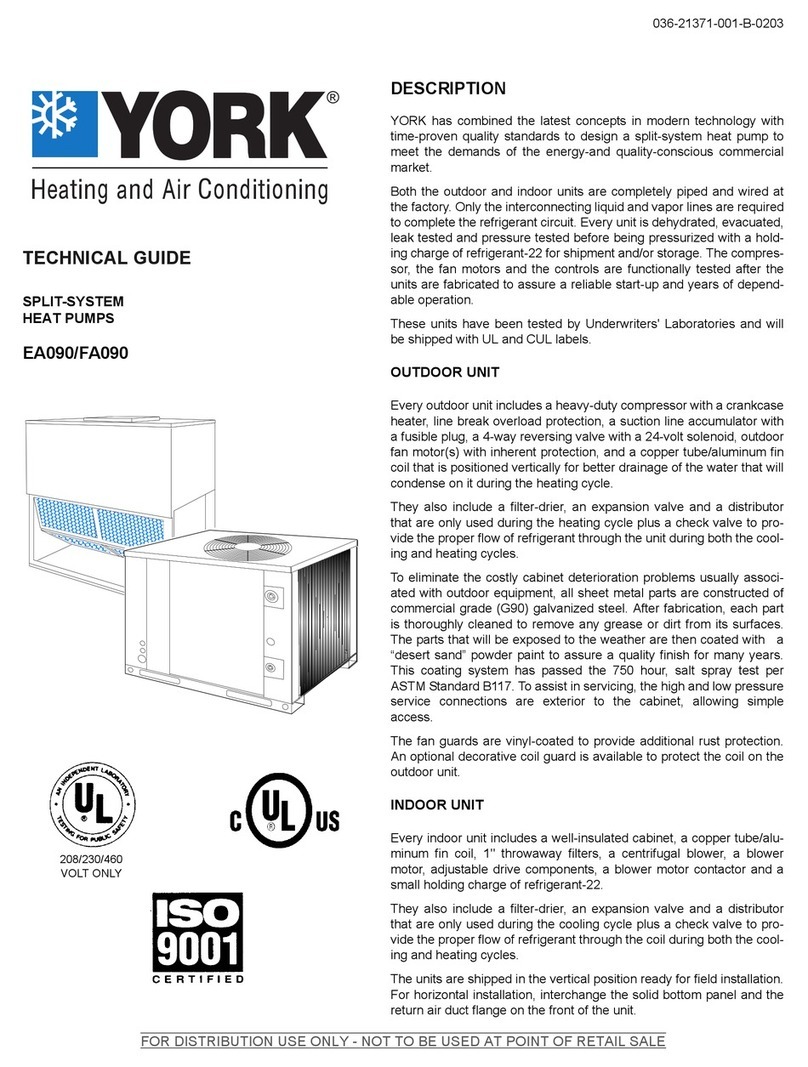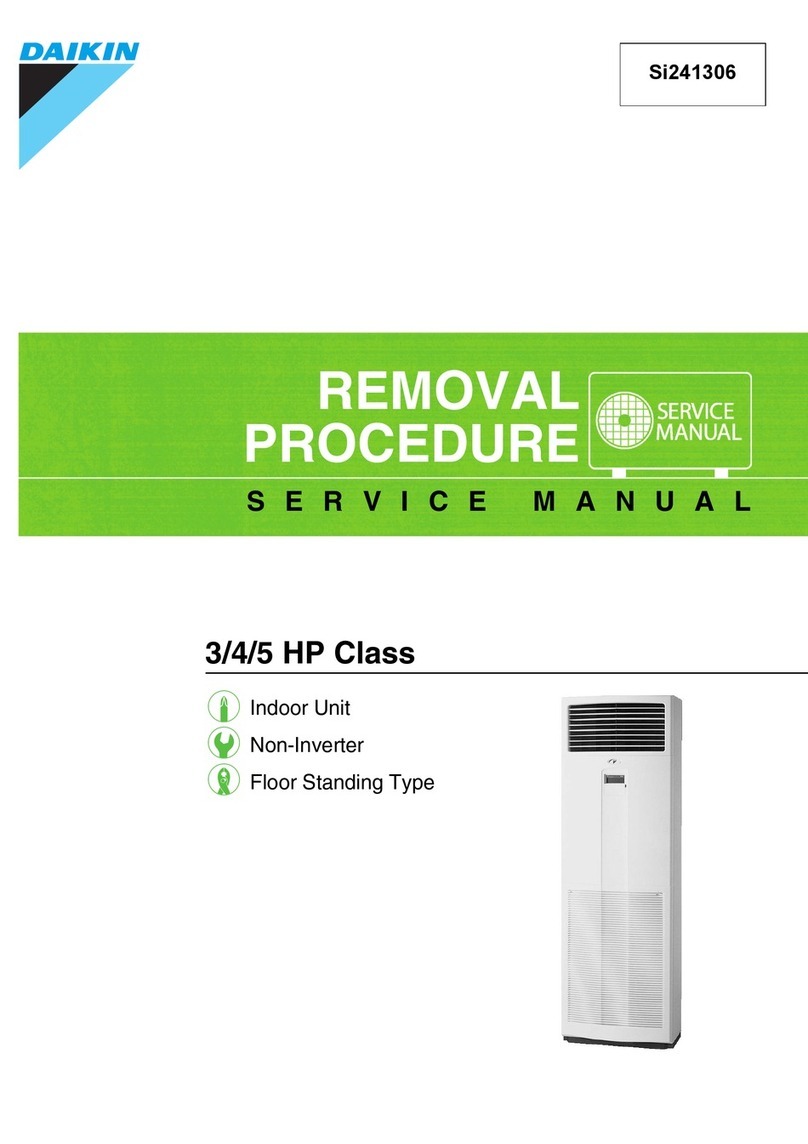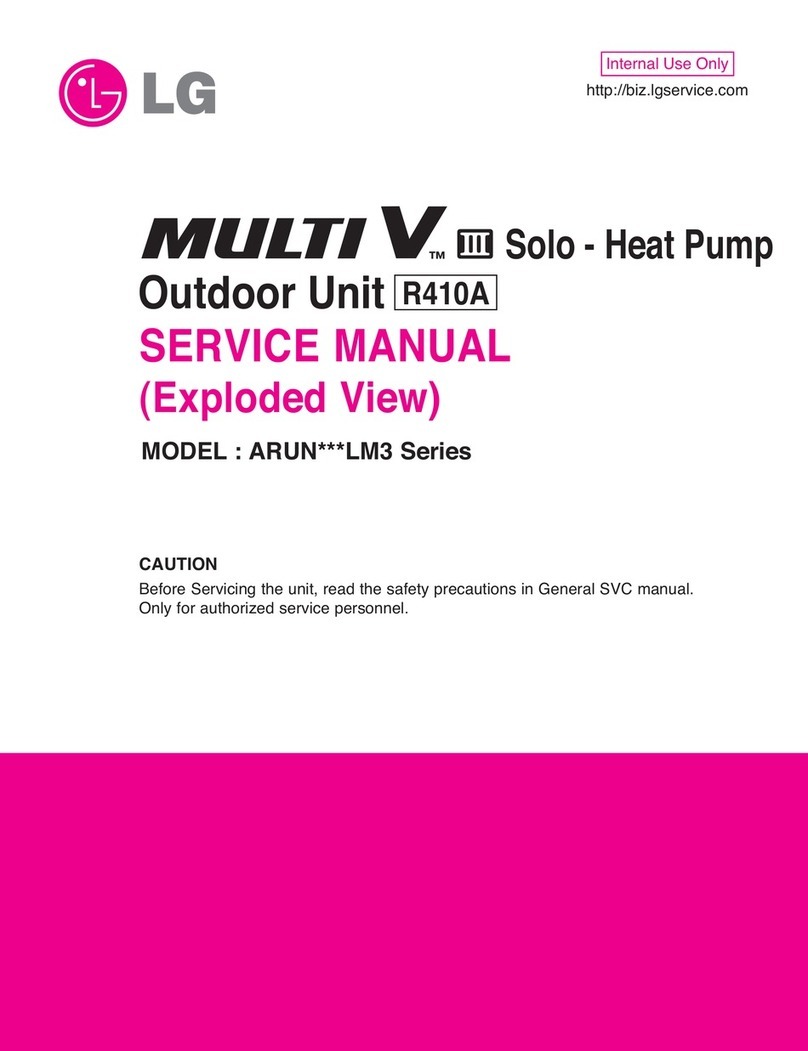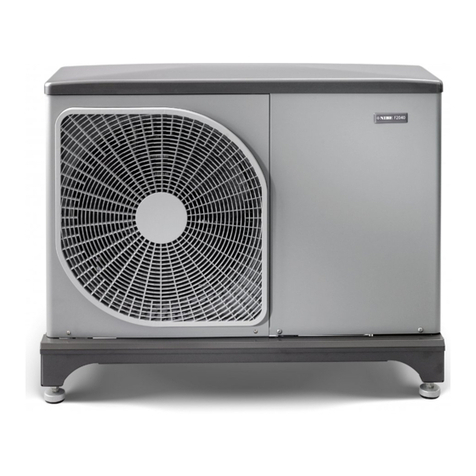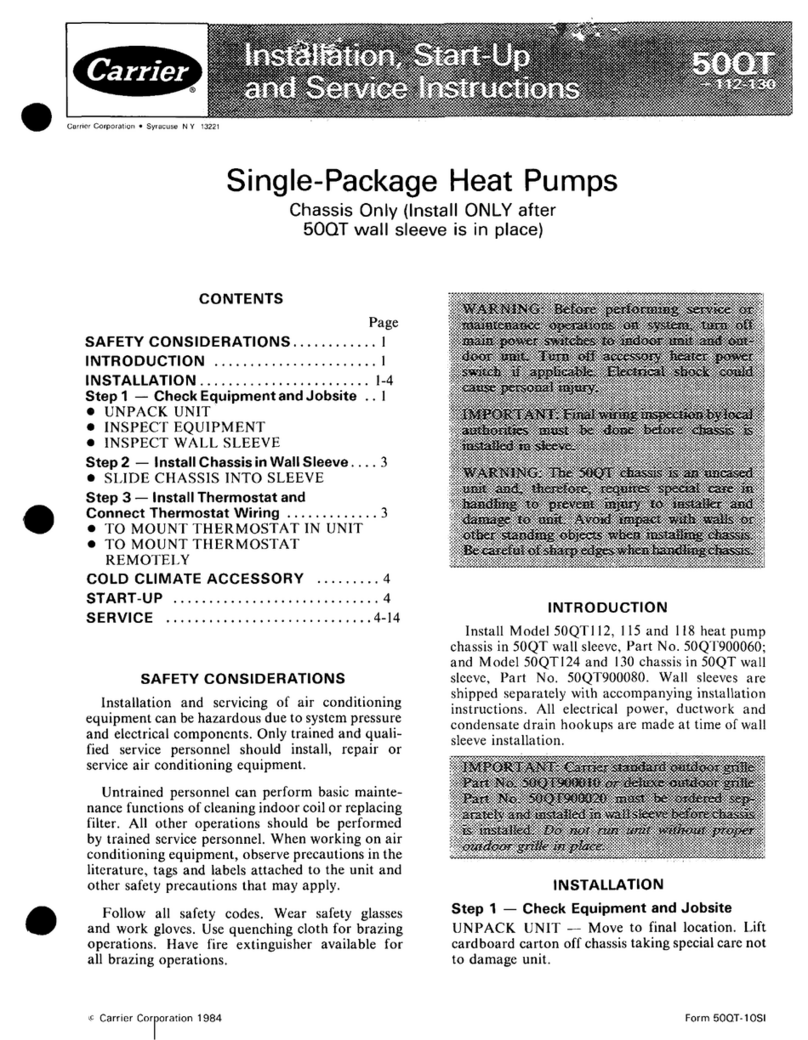Heatex B Operating and safety instructions

heatex.com
MODEL B
INSTALLATION & MAINTENANCE MANUAL

heatex.com
Table of contents
ORIGINAL
GENERAL
BY DELIVERY
TRANSPORT
STORAGE
INSTALLATION
ADJUSTMENTS
MAINTENANCE
MATRIX
HYBRID/ADSORPTION MATERIAL
BRUSH SEALANTS
CONTROLLER
APPLICATION LIMITS
TROUBLESHOOTING
CONDITIONS TO FULFILLING THE HYGIENE CERTIFICATION REQUIREMENTS
SUPPORT

heatex.com
Declaration of Incorporation
Heatex AB
Bronsyxegatan 13
SE-213 75
Malmö
Sweden
Description and identification of the partly completed machinery:
Rotary heat exchanger model B with casing and with a drive unit.
The following essential requirements of EC Machinery Directive 2006/42/EC have been applied and
fulfilled:
1.1.2, 1.2.1, 1.2.3, 1.2.4.1, 1.2.4.2, 1.2.4.3, 1.2.6, 1.3.1, 1.3.2, 1.3.4, 1.3.7, 1.3.8, 1.3.8.1, 1.3.8.2, 1.4.1,
1.4.2.1, 1.4.2.2, 1.4.2.3, 1.4.3, 1.5.1, 1.5.2, 1.5.4, 1.5.5, 1.5.6, 1.6.1, 1.6.3, 1.7.1, 1.7.3, 1.7.4, 1.7.4.1,
1.7.4.2, 1.7.4.3
The relevant technical documentation has been compiled in accordance with Annex VII, Part B of EC
Machinery Directive 2006/42/EC. We undertake, in response to a reasoned request, to supply it in
electronic form to the market surveillance authorities within a reasonable period.
The party authorized to compile the technical documentation is:
Ola Prahl, Product Manager Ventilation
The partly completed machinery must not be put into service until the final machinery into which it is
to be incorporated has been declared in conformity with the provisions of the Machinery Directive.
Malmö, 2014-07-01

heatex.com
General
A rotary heat exchanger with casing and
drive is “partly completed machinery” as
defined in Directive 2006/42/EC. This
product is delivered in compliance with the
Directive 2006/42/EC but when installed in
the complete machinery it is up to the
installer to make sure that the final product
complies with the directive.
Special attention should be paid to sharp
edges (risk of cuts) and that when the
wheel is rotating the rotating parts may
cause injuries.
The surfaces of the drive motor and gear
can be hot and attention should be paid to
the risk of burn injuries.
The sound level from the heat exchanger is
less than 70 dB (A).
By delivery
Before installation, the following should be
checked:
• Check if there are any signs of
transport damage before accepting
the goods.
• Has the right exchanger been
delivered? Check type, design, size
and options.
• How is the exchanger to be
positioned?
• In case of any damage, please
report this in writing by fax or
email as soon as possible.
Transport
• The weight of the unit can be found
on the product label attached to the
unit.
• Always transport the exchanger
vertically.
• Lift the exchanger in the upper two
aluminum rods alternatively the
gables according to picture 1.
• It is important that all transport is
carried out by qualified staff.
Picture 1. Lift the casing in the gables.
Alltransportandhandle
shallbecarriedoutby
q
ualifiedstaf
f
.

heatex.com
Storage
There are no other requirements for storage
than a horizontal even surface and out of
weather. Please note that an uneven surface
can wrap the cassette and affect the factory
adjustments.
Always make sure that the heat exchanger
is supported and secured during transport,
handling, storage and installation so it can
not fall over and cause damage or injuries.
Please observe that there may be sharp
edges and a risk for cuts so we recommend
that gloves be used when the heat
exchanger is handled.
Installation
• When designing the air handling
unit and or duct system, the system
designer needs to make sure it is
possible to remove/pull out the heat
exchanger for inspection,
maintenance, service, cleaning and
disinfection. Furthermore, the
system designer needs to consider
enough space inside and outside of
the system to make sure that it is
possible to remove/pull out the heat
exchanger.
For bigger heat exchanger units it is
required to add doors or hatches on
all sides in the air-handling unit
and/or duct system making it
possible to access the heat
exchanger for inspection,
maintenance, service, cleaning and
disinfection.
• In case condensate is present, it is
required by the designer of the air
handling unit and/or duct system, to
design and install a condensation
tray according to the norm VDI
6022, chapter 4.3.16
• The casing is self-supporting but
cannot take up extra load e. g.
ducts.
• Place the rotor on a horizontal
surface since an uneven surface can
wrap the casing and affect the
factory adjustments.
• Make sure that the front- and back
plates of the casing are installed
perpendicular to the horizontal
bottom surface. If not the casing
may interfere with the movement of
the rotor wheel
• In case of horizontal rotors, support
is needed for the frame and center
girder. Also, check that rotor is
ordered and manufactured as a
horizontal rotor. Rotor may only be
Usegloveswhenhandling
theheatexchanger.
Heatexchangermayfallover
ifnotsecured.

heatex.com
installed either in a vertical or a
horizontal position according to
design, not at an angle.
• Avoid diagonal flow since this can
affect the rotation and drive of the
wheel. Heatex AB recommends the
airflow to be perpendicular to the
rotor.
• The rotor is designed for counter
flow only; co-current flow will
decrease efficiency and reduce the
rotors self-cleaning.
• Prior to initial operation, please
make sure no objects are blocking
the rotors free movement. The rotor
should move evenly and smoothly
around its shaft.
• Drive motor if delivered with
controller is pre-wired and 230V
should just be wired to the
controller. Constant speed motors
are without wiring. It is important
that all electrical work is carried
out by qualified staff. Please see
enclosed documentation and/or
wiring Picture 2.
• If the unit is delivered with a
variable speed drive, read the
corresponding controller
documentation.
Adjustments
• If necessary, adjust the brush
sealants to minimize leakage.
• If the belt slides adjust belt tension.
• The round belt should have a
tension of 4-6% and Powerbelt
should have a tension of 1-2% (i.e.
belt should be 1-2% shorter than
the length it travels). For Powerbelt
remove one link per meter belt to
get correct tension.
Picture 2. Wiring diagram constant drive Δ/Y
220/380V.
IMPORTANT!
Allelectricalworkmustbe
carriedoutbyqualifiedstaff.
Placingtheunitonan
unevensurfacemaywrap
thecasing.

heatex.com
Maintenance
Matrix
To secure the function and performance,
the face of the rotor has to be inspected
regularly for dust and dirt. In most cases,
the self-cleaning due to counter flow and
rotation of the matrix makes manual
cleaning unneeded. If the self-cleaning is
insufficient dirt or/and dust can appear in
the matrix. Depending on the degree of
soiling it is recommended to use following
cleaning:
1. For only a small amount of easily
removable dirt, Heatex
recommends to use a vacuum
cleaner.
2. For heavier dirt it is also possible to
use compressed air but with
caution.
3. Firmly attached dirt in the rotor is
easiest removed by using hot water
and a mild detergent.
The mild detergent may be
removed with high-pressure water
cleaner with the nozzle placed 50-
100 mm from the matrix.
4. If required, Heatex recommends
disinfection with the substance
known as LIV +45.
Hybrid/Adsorption material
The adsorption material is aluminum
coated with a silica gel based coating.
There is a small amount of surplus material
that might leave the matrix during the first
time of usage. This will NOT affect the
hygroscopic properties. The excess powder
is harmless and easy to remove using a
vacuum cleaner.
The hybrid wheel properties are obtained
by a combination of a flat strip of
adsorption material consisting of silica gel
coated aluminum and a corrugated
aluminum strip, which result in a moisture
transfer capacity in between that of an
aluminum matrix and an adsorption matrix.
Just as for the adsorption wheel, a small
amount of surplus material may leave the
matrix during the first time of usage.
Powerbelt
The Powerbelt is subject to natural
stretching which may require shortening of
the belt. Tension of the belt must be
checked after the first 24-48 hours in
operation to secure the rotational function
of the wheel.
The belt is made of links that can easily be
added or removed without any tools. By
just twisting the belt, it is possible to open
it and remove links to shorten the belt until
correct length and belt tension is obtained.
Belt tension should be 1-2% (i.e. belt
length 1-2% shorter than travelled length).
For Powerbelt remove one link per meter
belt to get correct tension.
Round belt
In addition, the round belt may need
adjustment. When delivered from factory
the belt is welded together. If adjustment is
needed the belt must be cut, shortened and
joined together again with a special joining
pin. Belt tension should be 6-8%.
Brush sealants
Tightness between brush sealants and
casing has to be checked during inspection.
The brush sealants are easily adjusted by
unscrewing the screws and moving the
brush sealant into the right position.

heatex.com
Controller
For further information regarding rotary
heat exchanger equipped with controller,
please see corresponding controller
instructions.
Application limits
Recommended temperature limits for
rotary heat exchanger:
It is however important not to exceed the
temperature limits on mounted
components:
Component Min Max
Bearing temp. -40°C 110°C
Belt temp.* -40°C 66°C
Motor temp.** -20°C 40°C
Emotron Controller -30°C 40°C
Standard Controller 0°C 45°C
* Powerbelt max 110°C
**Thermo contacts release at 150°C inner temp.
Temperature inside casing is
approximately the mean temperature of
supply and exhaust air temperatures.
Recommended pressure drop and
differential pressure for rotary heat
exchanger:
• Pressure drop max 300 Pa
• Recommended P drop 100-200 Pa
• Differential pressure max 600 Pa.
Troubleshooting
If the rotary heat exchanger does not rotate
properly, please follow these steps to
solve/locate the problem.
1. If the motor runs properly, please
jump to step 5.
2. If there is a controller installed
please check controller technical
specifications, chapter
troubleshooting.
3. If there is a constant drive installed:
Please check that the drive is
correctly connected. Note that all
electrical maintenance and
installation must be performed by
qualified personal.
4. Disconnect the belt, is the motor
running correctly?
5. If the belt is sliding, please tighten
the belt according to maintenance
instruction.
6. Rotate the wheel by hand (belt
disconnected from the motor). Is it
possible to smoothly rotate the
wheel or does the wheel interacts
with the casing? If there is
mechanical friction, please locate
the position.
7. Make sure the connected ducts do
not press on the casing making it
squeeze against the wheel. Make
sure the diagonal measures of the
casing side where the motor is
positioned are equal.

heatex.com
Conditions to fulfilling the hygiene certification requirements
• Purge sector is required in order to
make sure that less carry-over than
3% is reached.
• The AHU needs to be designed
with hatches or openings towards
all 4 open sides of the rotary heat
exchanger. The heat exchanger
itself has all 4 sides open according
to the picture 3.
• All surfaces inside and outside of
the rotor casing, especially the
bottom surface and around the
motor should be reachable for
maintenance, cleaning and
disinfection. Meaning that the
openings or hatches mentioned in
the item above need to be of
sufficient size to fulfilling the
cleaning and disinfection
requirements.
• The AHU needs to be designed in
such a way that the rotary heat
exchanger is possible to slide out
for cleaning and disinfection.
• Cleaning and disinfection of the
heat exchanger should be done in
accordance with Heatex cleaning
and disinfection instructions with
the cleaning and disinfection
substances prescribed by Heatex.
• When condensation is present, the
AHU installer needs to make sure
that condensation trays are installed
beneath the heat exchanger. These
trays need regular inspection,
cleaning and disinfection.
• The trays should be designed and
installed with sufficient drainage in
accordance with the hygiene
standard VDI 6022, chapter 4.3.16.
• The heat exchangers are not
certified for installation in
exhausted classes ETA 3 and ETA
4 according to EN 13779
(09/2007).
(Picture 3, all 4 sides are open on the heat
exchanger. The AHU designer and installer
need to have openings or hatches on all of
these 4 sides in the AHU for easy access
during maintenance, cleaning and
disinfection of the heat exchanger)

heatex.com
Support
For questions or other requirements
regarding this product, please state order
number, product name and message.
Heatex is available for support during
office hours: 0800am – 0430pm (GMT +1)
on weekdays.
Please contact us:
Heatex AB
Bronsyxegatan 13
SE-213 75 Malmö, Sweden
Telephone +46 410 710 500
E-mail [email protected]
www.heatex.com
Owing to continued product development, Heatex AB reserves the right to
introduce alternations both in design and prices without prior notice.
Version: I&M M 2014 07
Other manuals for B
1
Table of contents
Popular Heat Pump manuals by other brands

Nulite
Nulite New Energy BKDX30-95I/1/S manual

Carrier
Carrier 50KQ006-019 Installation, Start-Up and Service Instructions

Mitsubishi Electric
Mitsubishi Electric PUHZ-SW160YKA-BS Service manual
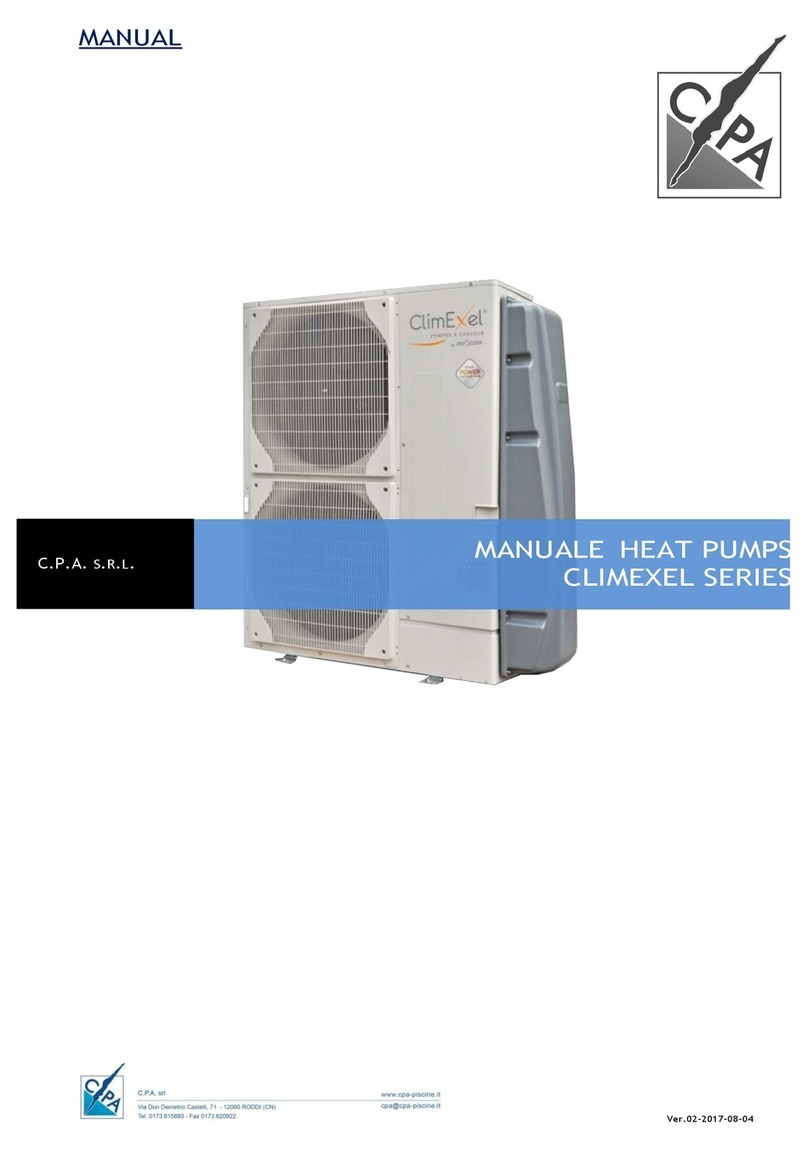
C.P.A.
C.P.A. CLIMEXEL Series manual
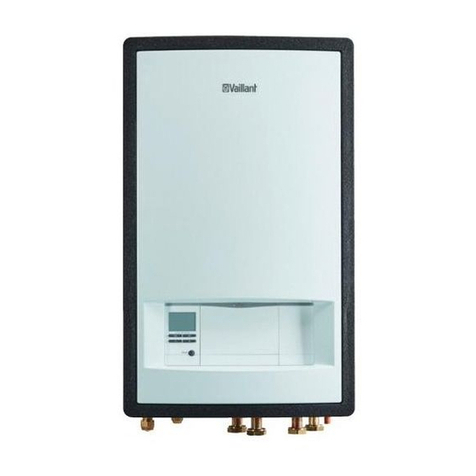
Vaillant
Vaillant VWL 57/5 IS Operating, installation and maintenance instructions
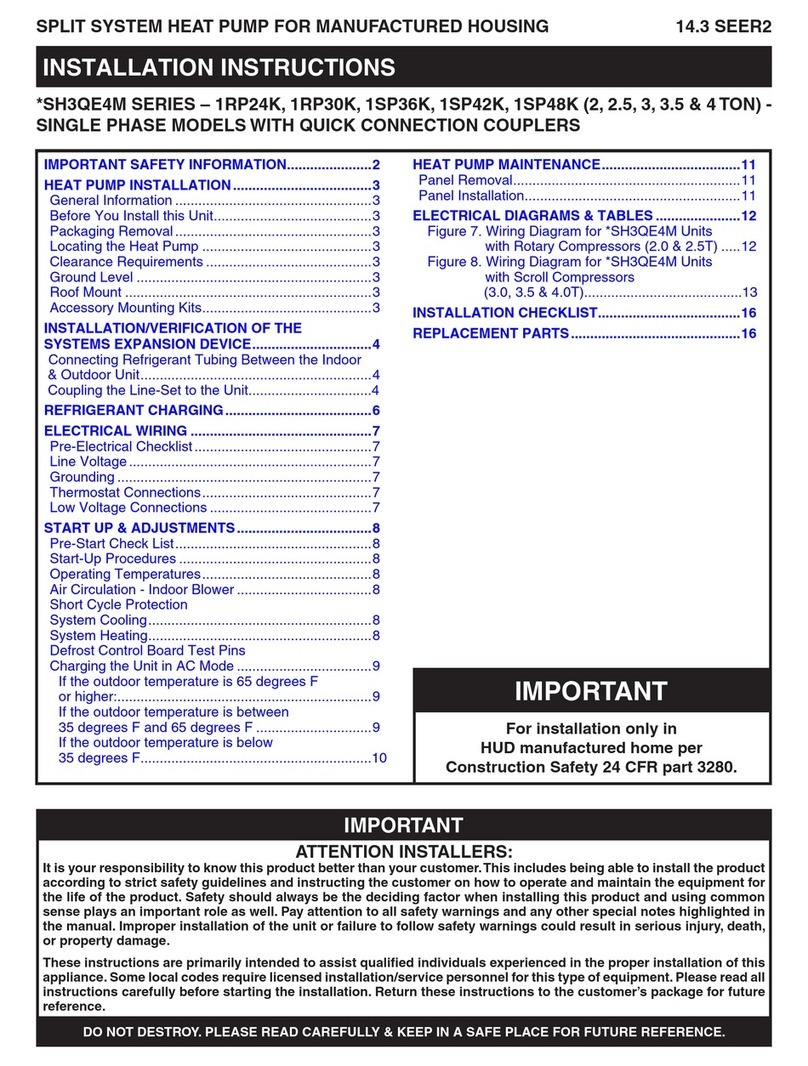
Nortek
Nortek 1RP24K Series installation instructions
